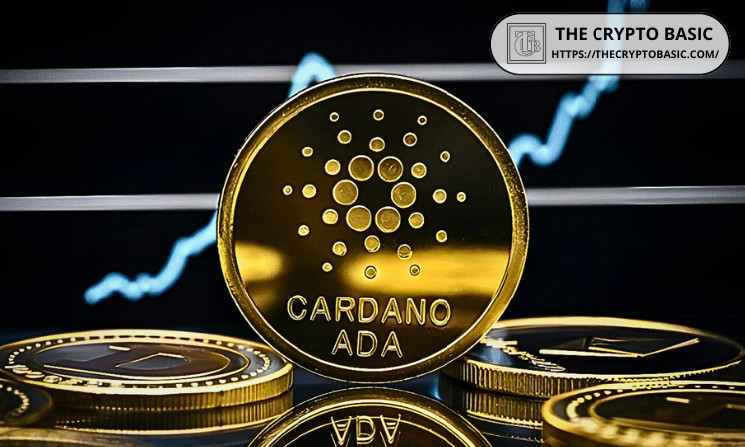German-based real-world assets (RWA) tokenization platform Finest has launched tokenized gold on the Cardano network.
In an X update, the tokenization platform announced that the tokenized assets are now live on the Cardano network. Notably, they will boast an initial cap of $150,000 with the ticker for the native Cardano token being fGLD.
Real-world asset tokenization (RWA) is a trending narrative in the crypto industry. It allows users to acquire tokenized forms of physical assets like gold, stocks, and real estate. Over $12.15 billion worth of RWAs are on-chain, with some notable crypto key players like BlackRock deeply involved.
Tokenized Gold Debuts on Cardano
Finest has been teasing the launch of the tokenized gold since September 2, noting it would debut on the Cardano network sooner than expected. The fGLD token allows users to hold the precious metal in a digital form.
The platform noted that market participants could redeem the fGLD token for physical gold, reinforcing its credibility. According to Finest, each of the $150,000 worth of gold has its physical version stored in Pro Aurum in Germany.
Pro-Aurum holds the gold in its London Bullion Market Association (LBMA)-certified vault. Furthermore, users seeking to redeem their tokenized gold on Cardano for physical gold would have the dealer deliver it to them. Notably, owners of fGLD could either apply for delivery or schedule a pick-up in Munich.
It bears mentioning that besides the tokenized gold, the Cardano network is also home to other RWA tokens. Finest, which launched on Cardano’s mainnet in August, also allows users to buy tokenized granites.
The Cardano network lags in terms of tokenized RWA presence despite the recent partnership with EMURGO to launch tokenized gold on the blockchain. Ethereum, Stellar, and Solana house the highest USD value of RWA on-chain, with $2.8 billion, $423 million, and $122 million, respectively.
User Raise Concern Over Polygon Payment
Notably, users can acquire their fGLD token on the Finest platform in the Cardano network. The protocol provided users with payment options in ADA, USDC, and through credit cards.
Interestingly, payment in USDC would bridge users to the Polygon blockchain for payment. This method didn’t bode well with a user who questioned why Polygon is the preferable choice to pay for a Cardano-based token.
However, Finest responded to the user’s query, noting the payment method was because “there is no stablecoin on Cardano with enough liquidity.”
It bears mentioning that there are no major USD-backed stablecoins on the Cardano network. Hence, any payment on the blockchain involving stablecoins, aside from its native stablecoin DJED, would involve bridging to other networks. The network is looking to welcome several stablecoin projects, including USDA.
 thecryptobasic.com
thecryptobasic.com
